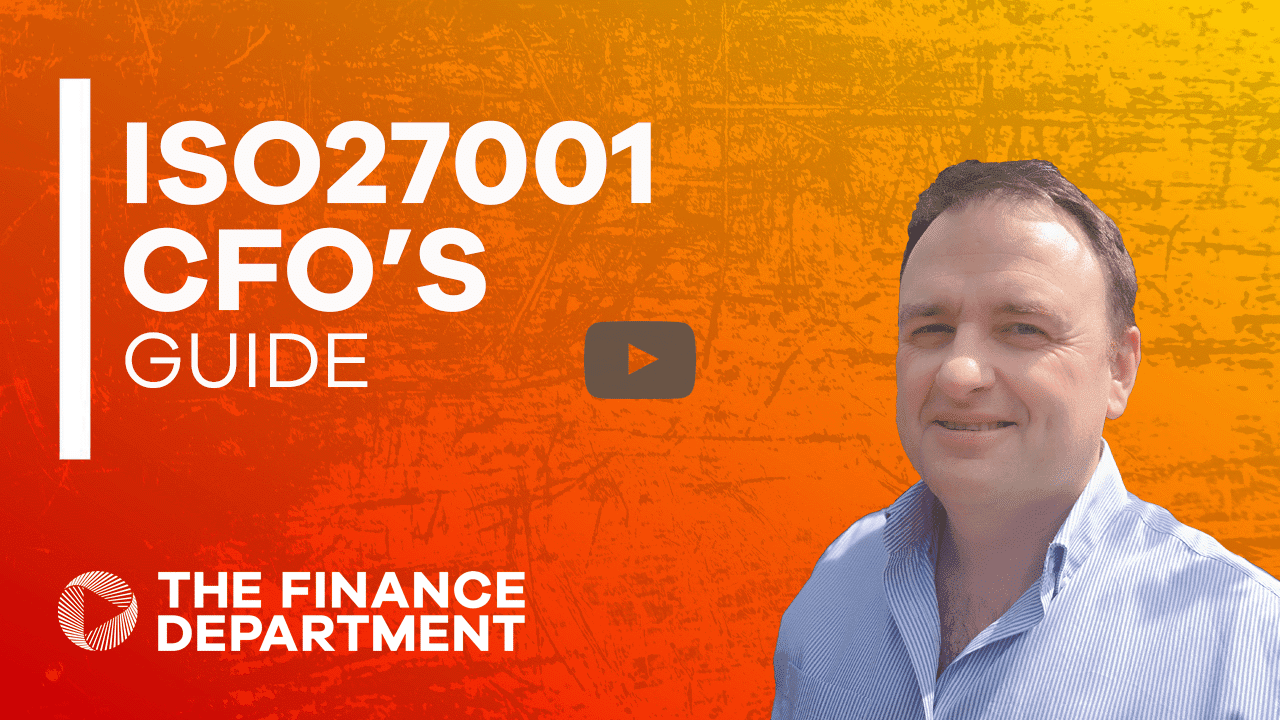Join today and start learning
TFD is the learning platform built for finance professionals.
This content is available as part of our bitesized video series.
Watch this video today by joining our free community.
Join today and start learning
TFD is the learning platform built for finance professionals.
This content is available as part of our bitesized video series.
Watch this video today by joining our free community.
Video : An Introduction to R&D Tax Credits
In this video, Nathaniel summarises and provides an introduction to R&D Tax Credits.
Hi, I am Nat Mortazavi, Managing Director of the sustainable R&D tax credit provider Apogee Associates. We work exclusively providing R&D tax credit services to companies of all sizes within the UK. Now R&D tax credits is growing in popularity but there’s still quite a lot of misinformation about what it actually is, and who is eligible to recover the benefit which is hopefully what this video will help to clear up.
R&D tax credits themselves have been run by HMRC since the year 2000, and they do it as a way of investing in innovation within the UK. Now HMRC are not known for giving money away so a lot of people are uncertain as to why they run this incentive. But they have done their own research and they have found that for every £1 they invest in a company that is investing in innovation, trying to create new products, new services, new processes, which drive their industry forward, they will indirectly stimulate an additional £1.50 to £2.30 of reinvestment in innovation, and obviously innovative companies often have a competitive advantage which will result in more tax revenue in the long run. So, they have a very good commercial reason for running the R&D tax credit scheme.
Now, to be eligible to apply for R&D tax credits, you, of course, have to be a UK limited company. You have to be eligible to pay corporation tax as well. And there are two different R&D schemes, one for SMEs and the R&D scheme qualifies an SME as any company with fewer than 500 employees, and a turnover of less than €100 million or a balance sheet value of less than €86 million. So, if you are under those thresholds, you could be considered an SME. If you’re above those thresholds, you’re likely to be considered a large company and would have to apply through the RDEC scheme. Now, there are some situations where SMEs can apply for RDEC relief. This is typically for grant-funded projects, and we can provide more detail to that in a case by case basis.
Now, generally there are two key elements to an R&D application. There is the qualifying activity, which is what the company is actually done, and there’s the qualifying expenditure, which is the amount of cost the company is incurred, that was relevant for the R&D. HMRC have got some pretty clear definitions of what those two things are. So in very broad brushstrokes, qualifying activity is anything where there is an advance in science and technology sort, where there is some degree of technical uncertainty encountered throughout the project, where there are competent professionals working on the project, who cannot readily deduce the technical uncertainty, Where there is action taken to resolve the technical uncertainties. So obviously there’s a lot more guidance behind that and I’ll go into that in future videos. And again, in broad brushstrokes, for qualifying expenditure, there are 4 main categories. There are staff costs, this is related to employees on the payroll. There are software costs which can be used either directly or indirectly within the R&D. There are subcontractor costs, this is anybody who isn’t necessarily on the payroll that is paid to do R&D on the company’s behalf, and there are consumable costs. These can be things like materials, prototypes, heat, light, and power that is used to conduct the R&D activity.
Now we have information on all of these topics on our website apogee.co.uk So head there if you want further information or to read articles on cases specific to different industries.
Nat founded Apogee Associates as he believes UK businesses deserve an offering that is second-to-none for service and value delivered, whilst having a positive impact on the environment. Apogee Associates are the sustainable R&D tax credit specialists, helping businesses of all sizes get money for their innovation. Their thorough and diligent process, supported by a comprehensive and robust technical report, has ensured that in the over 500 applications they’ve worked on, they have maintained a 100% success rate; every one has been processed in full and without query.
Video: An Introduction to R&D Tax Credits
In this video, Nathaniel summarises and provides an introduction to R&D Tax Credits.
Hi, I am Nat Mortazavi, Managing Director of the sustainable R&D tax credit provider Apogee Associates. We work exclusively providing R&D tax credit services to companies of all sizes within the UK. Now R&D tax credits is growing in popularity but there’s still quite a lot of misinformation about what it actually is, and who is eligible to recover the benefit which is hopefully what this video will help to clear up.
R&D tax credits themselves have been run by HMRC since the year 2000, and they do it as a way of investing in innovation within the UK. Now HMRC are not known for giving money away so a lot of people are uncertain as to why they run this incentive. But they have done their own research and they have found that for every £1 they invest in a company that is investing in innovation, trying to create new products, new services, new processes, which drive their industry forward, they will indirectly stimulate an additional £1.50 to £2.30 of reinvestment in innovation, and obviously innovative companies often have a competitive advantage which will result in more tax revenue in the long run. So, they have a very good commercial reason for running the R&D tax credit scheme.
Now, to be eligible to apply for R&D tax credits, you, of course, have to be a UK limited company. You have to be eligible to pay corporation tax as well. And there are two different R&D schemes, one for SMEs and the R&D scheme qualifies an SME as any company with fewer than 500 employees, and a turnover of less than €100 million or a balance sheet value of less than €86 million. So, if you are under those thresholds, you could be considered an SME. If you’re above those thresholds, you’re likely to be considered a large company and would have to apply through the RDEC scheme. Now, there are some situations where SMEs can apply for RDEC relief. This is typically for grant-funded projects, and we can provide more detail to that in a case by case basis.
Now, generally there are two key elements to an R&D application. There is the qualifying activity, which is what the company is actually done, and there’s the qualifying expenditure, which is the amount of cost the company is incurred, that was relevant for the R&D. HMRC have got some pretty clear definitions of what those two things are. So in very broad brushstrokes, qualifying activity is anything where there is an advance in science and technology sort, where there is some degree of technical uncertainty encountered throughout the project, where there are competent professionals working on the project, who cannot readily deduce the technical uncertainty, Where there is action taken to resolve the technical uncertainties. So obviously there’s a lot more guidance behind that and I’ll go into that in future videos. And again, in broad brushstrokes, for qualifying expenditure, there are 4 main categories. There are staff costs, this is related to employees on the payroll. There are software costs which can be used either directly or indirectly within the R&D. There are subcontractor costs, this is anybody who isn’t necessarily on the payroll that is paid to do R&D on the company’s behalf, and there are consumable costs. These can be things like materials, prototypes, heat, light, and power that is used to conduct the R&D activity.
Now we have information on all of these topics on our website apogee.co.uk So head there if you want further information or to read articles on cases specific to different industries.
Nat founded Apogee Associates as he believes UK businesses deserve an offering that is second-to-none for service and value delivered, whilst having a positive impact on the environment. Apogee Associates are the sustainable R&D tax credit specialists, helping businesses of all sizes get money for their innovation. Their thorough and diligent process, supported by a comprehensive and robust technical report, has ensured that in the over 500 applications they’ve worked on, they have maintained a 100% success rate; every one has been processed in full and without query.










